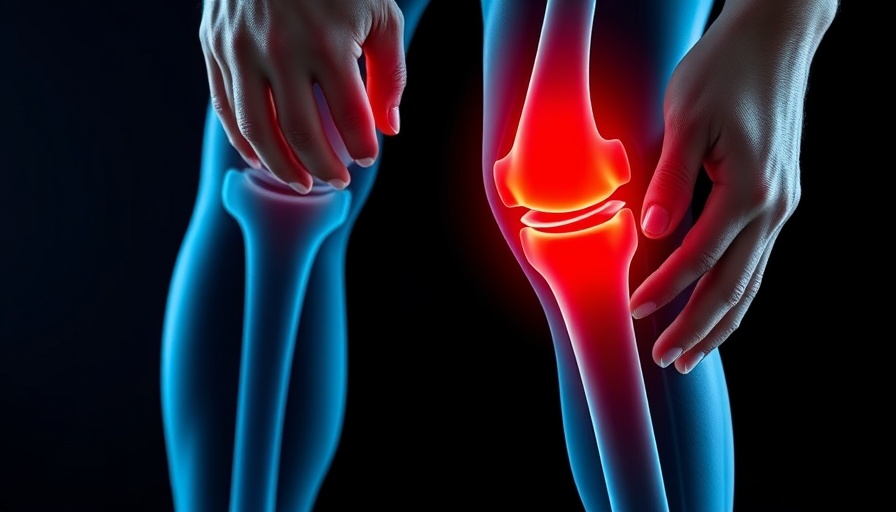
New Hope for Pain Relief Amidst Common Challenges
Imagine a world where pain relief doesn’t come with a string of unwanted side effects. For accident victims and those suffering from back injuries, this dream could soon become a reality. Researchers at the NYU Pain Research Center have made significant advancements in understanding how to block pain without compromising the body's natural healing processes. Their discovery focuses on a unique pain receptor linked to a class of substances in the body called prostaglandins.
The Breakthrough Discovery
Published in the journal Nature Communications, the study highlights a receptor known as EP2, which is crucial in transmitting pain signals from Schwann cells, a type of cell integral to our nervous system. By specifically targeting this receptor, scientists managed to effectively eliminate pain responses in mice without affecting inflammation—the body's ally in healing injuries. “Blocking the EP2 receptor in Schwann cells abolished prostaglandin-mediated pain but let inflammation continue,” said study co-author Pierangelo Geppetti. This finding is revolutionary because it challenges the traditional understanding that inflammation must always be quelled to treat pain.
Impact on Pain Management
The implications of this research are profound for millions who rely on non-steroidal anti-inflammatory drugs (NSAIDs) like ibuprofen and aspirin. While effective in alleviating pain, these medications also present significant risks, including gastrointestinal damage and cardiovascular issues. In fact, around 30 billion doses of NSAIDs are consumed annually in the U.S. alone, indicating an urgent need for safer alternatives.
The Dual Nature of Inflammation
Inflammation is commonly seen as the enemy in the realm of pain management. However, this new research reframes it as a vital component of the healing process. “Inflammation can be good for you—it repairs and restores normal function,” Geppetti emphasized. This human-centered insight resonates deeply, especially for those navigating recovery from injuries where healing is paramount. Understanding that pain can be addressed without suppressing inflammation opens doors for more holistic approaches to pain management.
Personal Stories Behind the Science
For many accident victims, the journey through pain management is filled with challenges and setbacks. One local resident, Jane, a back injury survivor, shared her struggle: “I’ve tried countless pain medications, and each brought its own set of issues. If there’s a way to block pain without impacting my normal recovery, I’d be all in.” Her experience highlights the human stories behind the statistics, as individuals seek not only relief but a return to their everyday lives.
Future Predictions: A New Era of Pain Treatment
As research progresses, we can expect the landscape of pain treatment to evolve significantly. The identification of the EP2 receptor marks the first step toward developing drugs that can target specific pain pathways without causing adverse effects. This could lead to an era where personalized pain relief will not only alleviate suffering but also support the body’s healing processes. Pain relief that empowers rather than hinders can yield happier, healthier lives post-injury.
Taking Action: What You Can Do
With such breakthroughs on the horizon, it's crucial for patients and healthcare providers to stay informed about emerging treatment options. Open dialogues about pain management possibilities could lead to tailored approaches that prioritize both pain alleviation and overall wellbeing. For those currently grappling with chronic pain, advocating for personalized care and exploring new treatment avenues could significantly improve quality of life.
As this groundbreaking research unfolds, it is essential for individuals to remain proactive about their health and seek solutions that align with their unique healing journeys. Science continues to pave the way for innovative approaches to pain management that honor the complexity of human biology.
 Add Row
Add Row  Add
Add 




Write A Comment